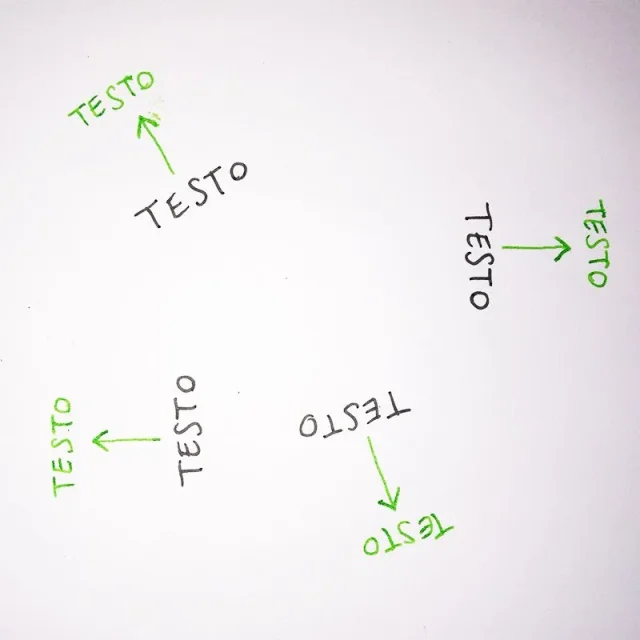Il filo
Guest
Good morning, everyone.
I am an architect, I joined this forum years ago but, for various reasons, I have been away from the world of design and cad for a long time.
In the last period I approached this world mainly as a designer and, despite not having encountered problems taking over the old and familiar software, I have already met some operations I would like to perform but I do not know how and if it is possible to do it.
I wanted to know if someone was aware of a way to move multiple autocad texts of a given measure along their orientation at once.
I find an analogy with 3d studio max when I want to move more objects along their local coordinates all together.
Unfortunately (and unexpectedly) I couldn't find anything on such an operation.
I attach a quick sketch, which an image is worth more than a thousand words.
thanks in advance to anyone who wants to answer.
I am an architect, I joined this forum years ago but, for various reasons, I have been away from the world of design and cad for a long time.
In the last period I approached this world mainly as a designer and, despite not having encountered problems taking over the old and familiar software, I have already met some operations I would like to perform but I do not know how and if it is possible to do it.
I wanted to know if someone was aware of a way to move multiple autocad texts of a given measure along their orientation at once.
I find an analogy with 3d studio max when I want to move more objects along their local coordinates all together.
Unfortunately (and unexpectedly) I couldn't find anything on such an operation.
I attach a quick sketch, which an image is worth more than a thousand words.
thanks in advance to anyone who wants to answer.

